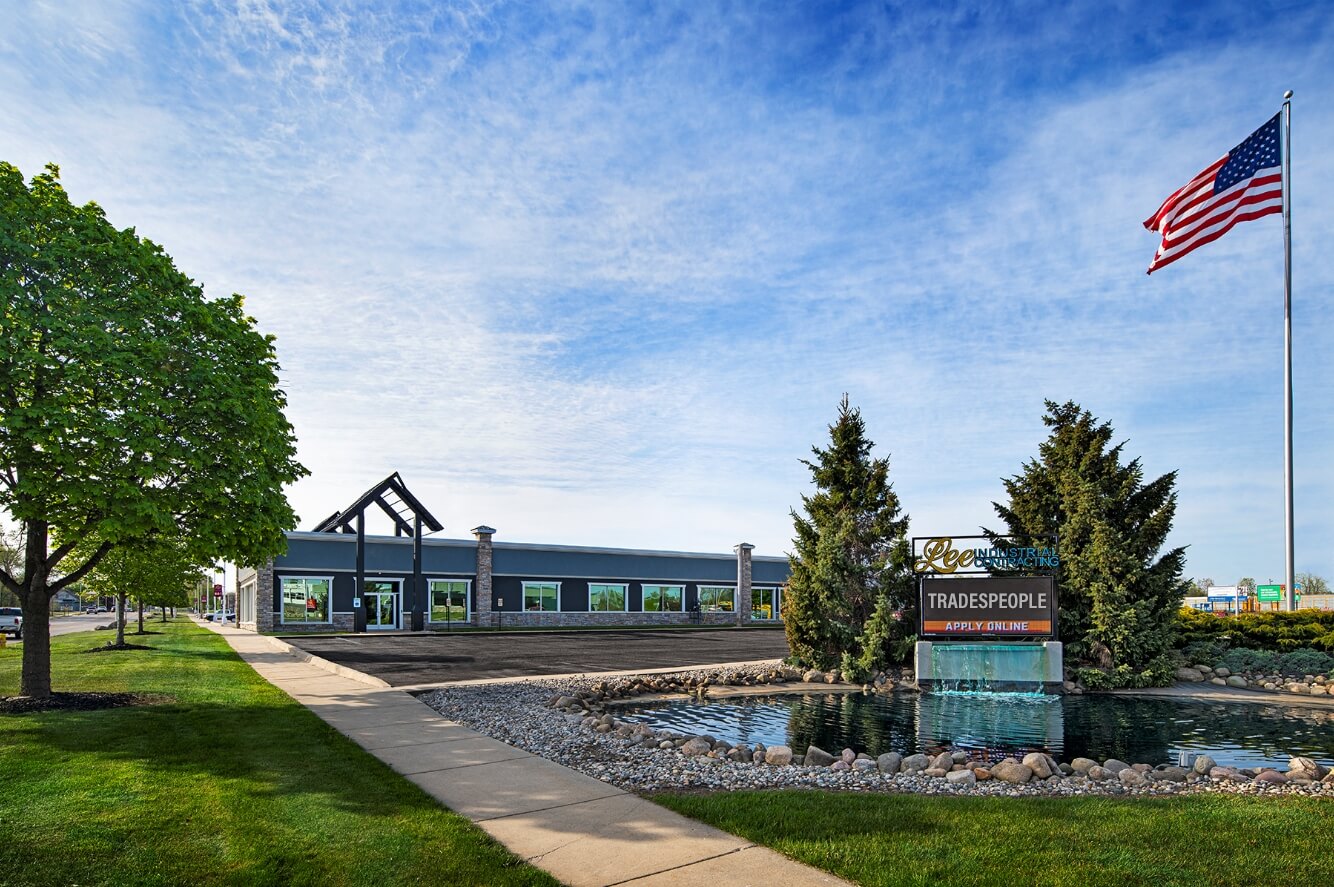
As the industrial contracting industry continues its path through the global pandemic, increasing project demand is straining firms’ already taxed labor pool. Across the U.S., construction firms struggle to find enough skilled tradespeople to fill available positions.
Backlogged work from 2020, projects with newly-accelerated timelines and a flood of new projects are fueling this demand. But even before COVID-19, the U.S. Bureau of Labor Statistics reported 600,000 vacancies in 2019, and projected that number to be near 747,000 by 2026. Associated Builders and Contractors (ABC) adds that construction will need one million more tradespeople in the next few years.
This can be bad news for firms who struggle to find qualified workers, but good news for anyone considering a career in an industry that desperately needs them.
The roots of the problem
Vocational education (Voc-Ed) in the United States has a long and unsettled history. The passage of the Smith-Hughes Act in 1917 made federal funding for vocational education programs available for the first time. As a result, high schools across the nation began offering training for plumbers, welders, mechanics and other trades.
Early Voc-Ed programs limited offerings to only those skills needed for employment. This meant students who later wished to change careers were hampered by a lack of training in core subjects.
In the 1980s, schools began to focus on preparing all students for a college track, even cutting Voc-Ed training, or moving classes to a centralized location, making it harder for interested students to access these programs. Vocational training also took a back seat to science, technology, engineering and mathematics (STEM) courses, further adding to the challenges facing the construction trades employment pipeline.
How can construction firms solve the problem?
Approximately 35% of the global workforce now falls into the millennial age grouping. These younger workers have highly-differing expectations of work than their Baby Boomer parents did. And for maybe most of them, the industrial contracting trades are not even on the radar. So how do firms attract these workers?
Go where they are
Firms are likely already posting job listings on social media, and that’s great. But what happens after the post? Responding to comments and answering questions will position a company as one that is genuinely interested in potential employees.
Be storytellers
Are your current employees company ambassadors? Nothing connects with job seekers like reading and hearing about a firm from their team members. Every connection is an opportunity to tell your story and sell the benefits of joining your team.
Get out there
Even with a generation raised in an online world, companies can’t rely solely on digital connections. They should be looking for organizations and schools that are promoting the industry and teaching the needed skills.
Embrace diversity
While the trades have historically been male-dominated, more and more women are finding a career in the trades very rewarding. There are several organizations focused on equipping women for opportunities in construction.
The construction industry has a history of facing and overcoming challenges. Yes, the rising generations that should be filling the skilled trade ranks and replacing retiring workers, by and large, have little to no interest in the industrial contracting trades. But it doesn’t have to be that way.
Just as the labor pool and marketplace are changing, methods of recruitment will have to change to connect with new generations of workers. But with the current state of employment, including the astronomical costs of traditional colleges and universities, our industry has a lot to offer.
It’s up to us to spread the word. Let’s rise to the challenge.


